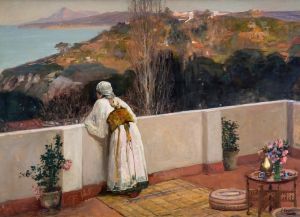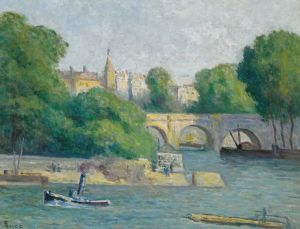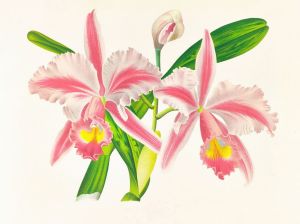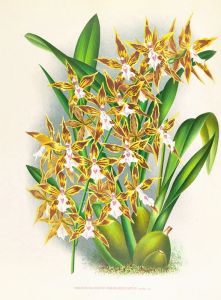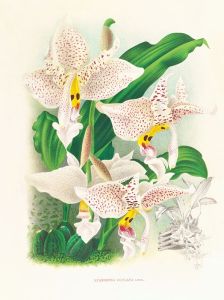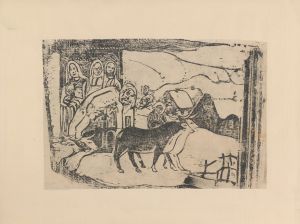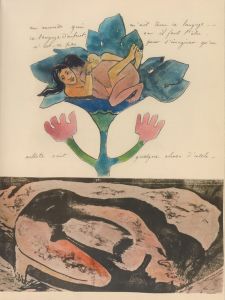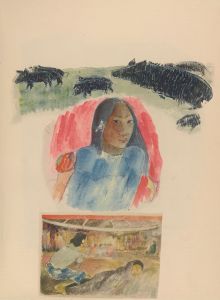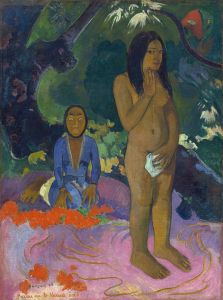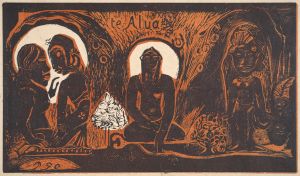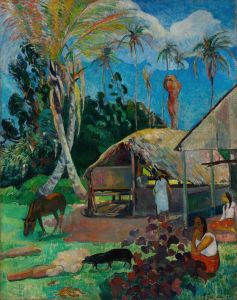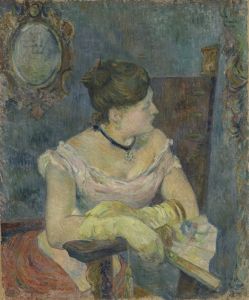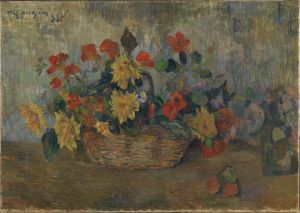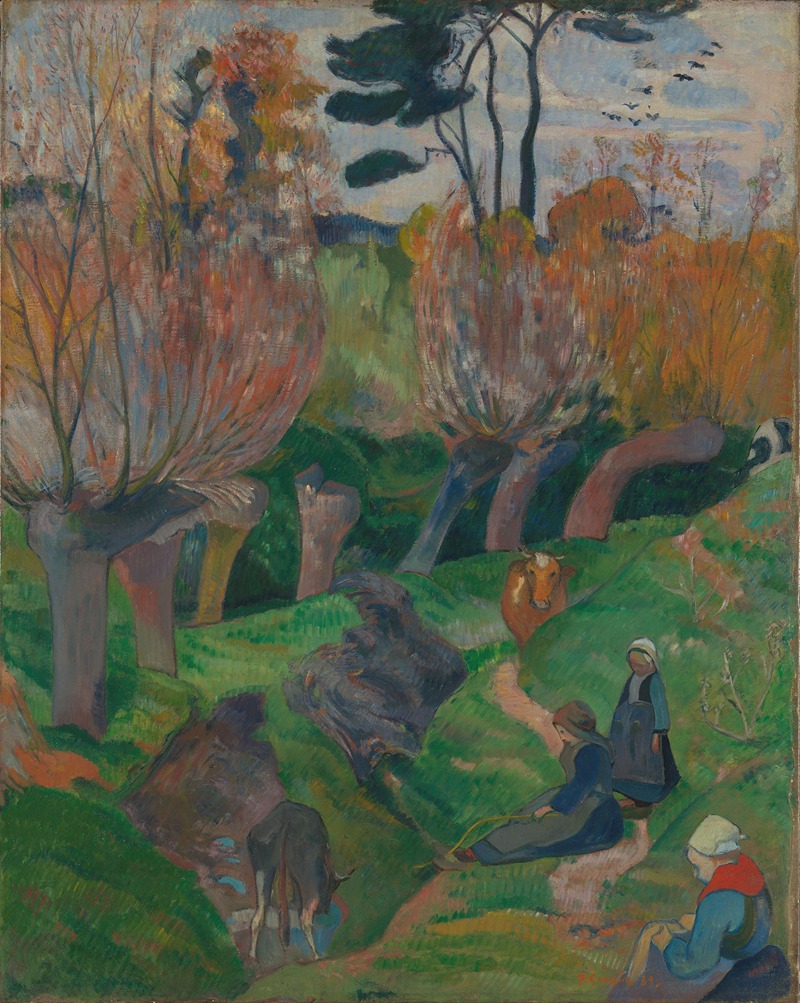
Landscape
A hand-painted replica of Paul Gauguin’s masterpiece Landscape, meticulously crafted by professional artists to capture the true essence of the original. Each piece is created with museum-quality canvas and rare mineral pigments, carefully painted by experienced artists with delicate brushstrokes and rich, layered colors to perfectly recreate the texture of the original artwork. Unlike machine-printed reproductions, this hand-painted version brings the painting to life, infused with the artist’s emotions and skill in every stroke. Whether for personal collection or home decoration, it instantly elevates the artistic atmosphere of any space.
Paul Gauguin's "Landscape" is a notable work that reflects the artist's distinctive style and his contributions to the Post-Impressionist movement. Gauguin, a French artist born in 1848, is renowned for his bold use of color, strong lines, and innovative approach to composition, which are evident in his landscape paintings.
Gauguin's landscapes often depict scenes from his travels, particularly his time spent in Tahiti and other parts of French Polynesia. These works are characterized by their vibrant colors and simplified forms, which were a departure from the more naturalistic landscapes of the Impressionists. Gauguin sought to capture the essence and emotional impact of a scene rather than a realistic representation, a hallmark of his style.
In "Landscape," Gauguin employs a vivid palette that includes rich greens, deep blues, and warm earth tones. This use of color is not merely decorative but serves to convey the mood and atmosphere of the scene. Gauguin's landscapes often feature a flattened perspective, which draws attention to the surface of the painting and emphasizes the two-dimensionality of the canvas. This technique allows viewers to focus on the interplay of colors and shapes, rather than getting lost in the illusion of depth.
Gauguin's approach to landscape painting was influenced by his desire to break away from European artistic conventions and explore new ways of seeing and representing the world. His time in Tahiti was particularly transformative, as he was inspired by the natural beauty and cultural richness of the islands. This influence is evident in the exotic and idyllic qualities of his landscapes, which often include elements such as lush vegetation, distant mountains, and serene bodies of water.
The composition of "Landscape" is carefully balanced, with each element contributing to the overall harmony of the piece. Gauguin often used diagonal lines and asymmetrical arrangements to create dynamic compositions that guide the viewer's eye through the painting. This sense of movement and rhythm is a key feature of his work, inviting viewers to engage with the painting on an emotional level.
Gauguin's landscapes are not only visually striking but also reflect his philosophical and spiritual beliefs. He was interested in the idea of "primitive" art and sought to capture a sense of purity and authenticity in his work. This is reflected in the simplicity and directness of his landscapes, which convey a sense of timelessness and universality.
Overall, Paul Gauguin's "Landscape" exemplifies the artist's innovative approach to painting and his ability to convey complex emotions through color and form. His landscapes continue to be celebrated for their boldness and beauty, and they remain an important part of his artistic legacy. Gauguin's work has had a lasting impact on modern art, influencing subsequent generations of artists and contributing to the development of movements such as Fauvism and Expressionism.





